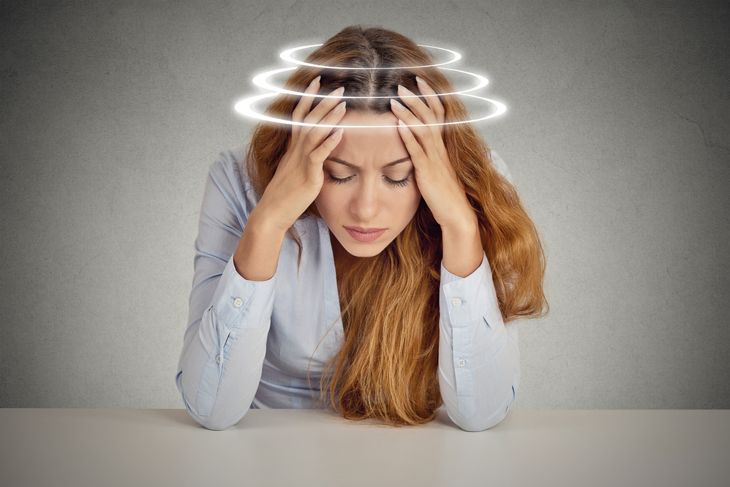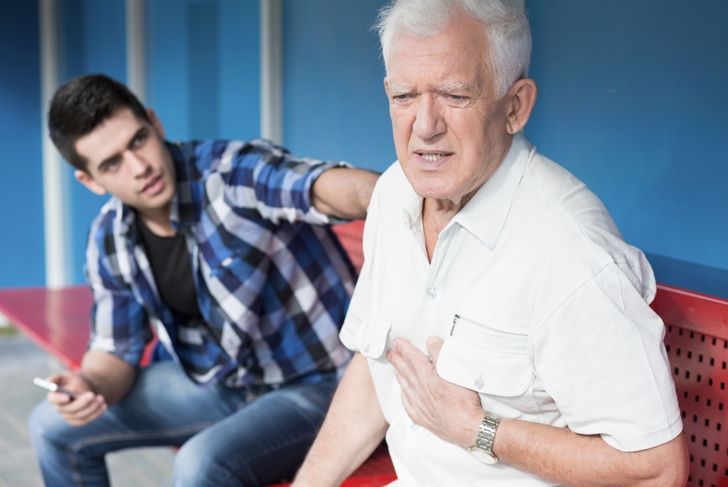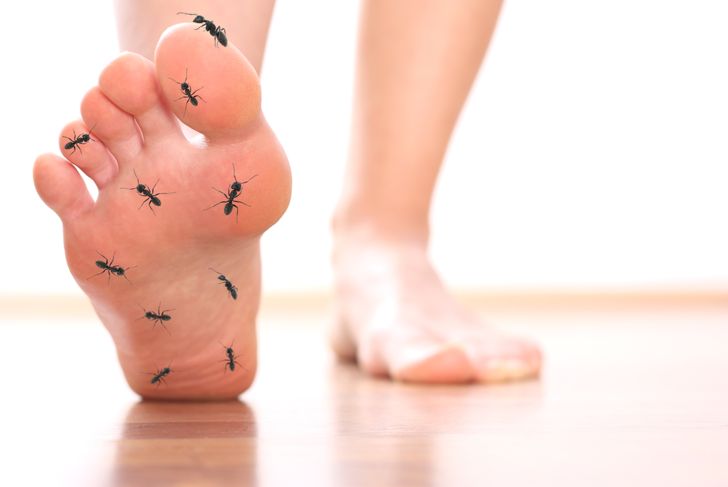Panic attacks cause extreme anxiety or fear that lasts a few minutes or as long as an hour or more; the average panic attack lasts 20 to 30 minutes.These sensations often come on unexpectedly, without an identified cause, though they can also develop in response to certain triggers. In general, a panic attack is not life-threatening, but experts suggest people who regularly experience them learn coping mechanisms and avoid triggers. For an episode to medically qualify as a panic attack, an individual must experience at least four of the numerous physical symptoms the event can produce.
Hyperventilation
Panic attacks can cause hyperventilation. The person experiencing the event will begin taking rapid, shallow breaths or inhaling quickly as if he or she cannot get enough oxygen. Often, the manifestation of such symptoms further alarms and panics the person, which compounds the symptom.
Dizziness
People who experience panic attacks often report feeling dizzy during the episode. The dizziness may be a kind of light-headedness, a sense of disequilibrium or loss of balance, and, in some cases, mild vertigo or a feeling that everything is spinning. This symptom could be due in part to the lack of oxygen to the brain caused by hyperventilation. In most cases, the dizziness passes within a few minutes. In more extreme episodes, it may lead to fainting or falling.
Tunnel Vision
With the onset of a panic attack, an individual may develop tunnel vision or the lack of ability to perceive objects in their peripheral field. This occurs because, when panic and stress levels rise, the body directs blood flow from the head to sites more crucial for coping with the situation, such as the heart. The loss of peripheral vision is temporary.
Chest Pain
Panic attacks may also cause niggling pain or tightness in the chest mimicking a heart attack. This pain is caused by psychological, rather than physical, forces. Often, hyperventilation leads to chest pain and even though the individual is not experiencing a heart attack,they fear they are. This can add to the sense of panic and make the symptoms worse.
Nausea
A lot of people report nausea during a panic attack. In most instances, the nauseated feeling does not progress to actual vomiting. A very severe panic attack may cause dry retching and heaving. If one is hyperventilating and heaving at the same time, they face an increased risk of choking.
Hot and Cold Flashes
When extreme panic and anxiety sets in, many hormonal changes take place due to stress. Several of these relate to body temperature and sensory perception, causing hot and cold flashes. The individual may think he or she has a fever and chills, but these symptoms usually fade when the panic attack subsides.
Sweating
When a panic attack begins, the body releases stress hormones. This, coupled with exertion from hyperventilation, may cause an individual to break out in a sweat. In an air-conditioned environment, the combination of excessive sweating and cold air may cause a person to feel too cold, further exacerbating the sensation of chills.
Paresthesia
It is also common to experience paresthesia, a sensation of tingling, burning, or prickling of the skin that can become distracting and discomforting. It is often described as the feeling of pins and needles or limbs falling asleep. In some people who experience panic attacks, paresthesia recurs sporadically once the episode is over.
Fight or Flight Response
Panic tends to induce an intense fight or flight response to the situation that has triggered the attack. The stress hormone adrenaline is released in higher amounts during this acute response, triggering symptoms such as increased pulse and blood pressure, rapid breathing, and increased alertness. Sight and hearing also become sharper. The person experiencing the event may become increasingly agitated and aggressive.
Derealisation
A panic attack may also propel an individual into a state of derealization or dissociation from the external world, making one feel as if he or she is going crazy. This symptom results from an alteration of perception that makes everything seem unreal. The affected individual may withdraw into himself and begin behaving as though the reality around is altered, like in a dream or trance. He may also feel disconnected from those around him. Some people also experience a distorted perception of time and space.

 Home
Home Health
Health Diet & Nutrition
Diet & Nutrition Living Well
Living Well More
More




















